Handheld Grinder B115 product overview
The Handheld Grinder B-115-MTR is an ergonomic tool designed for finishing work on rails, offering optimal performance thanks to its latest-generation Lithium HD batteries. Equipped with two ergonomic handles and a spark guard, it ensures easy handling, optimal comfort, and enhanced safety for the operator.
- Autonomy and reliability with Lithium HD batteries
- Optimal comfort and safety for the operator
Downloads
Benefits of the Handheld Grinder B-115-MTR
Portable Design
The Handheld Grinder B-115-MTR is fully portable, making it ideal for trackside work. Its battery-powered design eliminates the need for external power sources, ensuring flexibility and ease of use in various environments.
Powerful Lithium HD Batteries
Equipped with four latest-generation Lithium HD batteries, the grinder offers maximum autonomy and reliability. It can complete up to four welds on a single charge, minimizing downtime and ensuring continuous operation.
Ergonomic Design
The grinder features two ergonomic handles for optimal handling and comfort, reducing operator fatigue and improving efficiency during use.
Spark Safety
A specially designed guard minimizes the risk of spark-related injuries, ensuring a safer working environment for operators.
Lightweight and Compact
Weighing only 7.5 kg, the grinder is lightweight and easy to transport. Its compact design makes it convenient for storage and transportation.
Technical Features of the Handheld Grinder B-115-MTR
Lightweight Construction
The grinder’s lightweight design (7.5 kg) ensures easy handling, promoting operator comfort and reducing fatigue during extended use.
High-Performance Batteries
Powered by two 18V Lithium HD batteries with a capacity of 8 Ah, the grinder delivers reliable performance and long-lasting operation.
Powerful Motor
With a power output of 2.4 kW and a speed of 6600 ± 300 rpm, the grinder provides efficient grinding capabilities for various trackside applications.
Advanced Spark Protection
The grinder is equipped with a spark guard designed to minimize the risk of spark-related injuries, ensuring operator safety during use.
Compact and Secure Storage
The grinder comes with a lightweight and compact protective box, making it easy to transport and store while ensuring the components are secure during transit.
Environmentally Friendly Operation
The grinder is designed to be environmentally friendly, with reduced emissions and noise levels, making it suitable for use in urban areas.
Related product
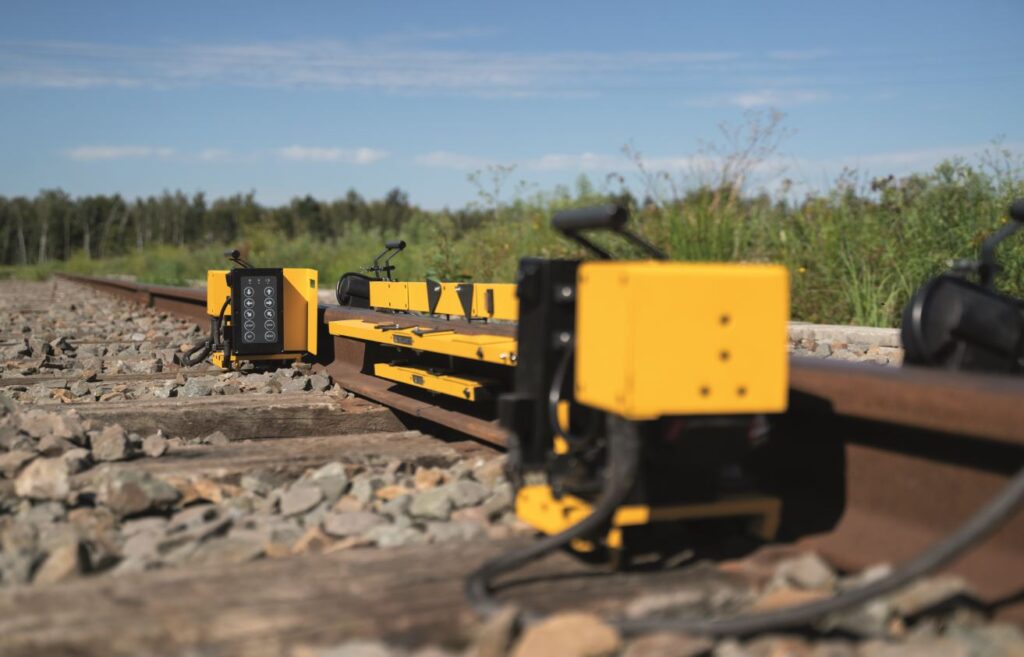
The revolutionary i+align automatic aligner has been designed to transform rail welding through precise, automated rail alignment.
i+align
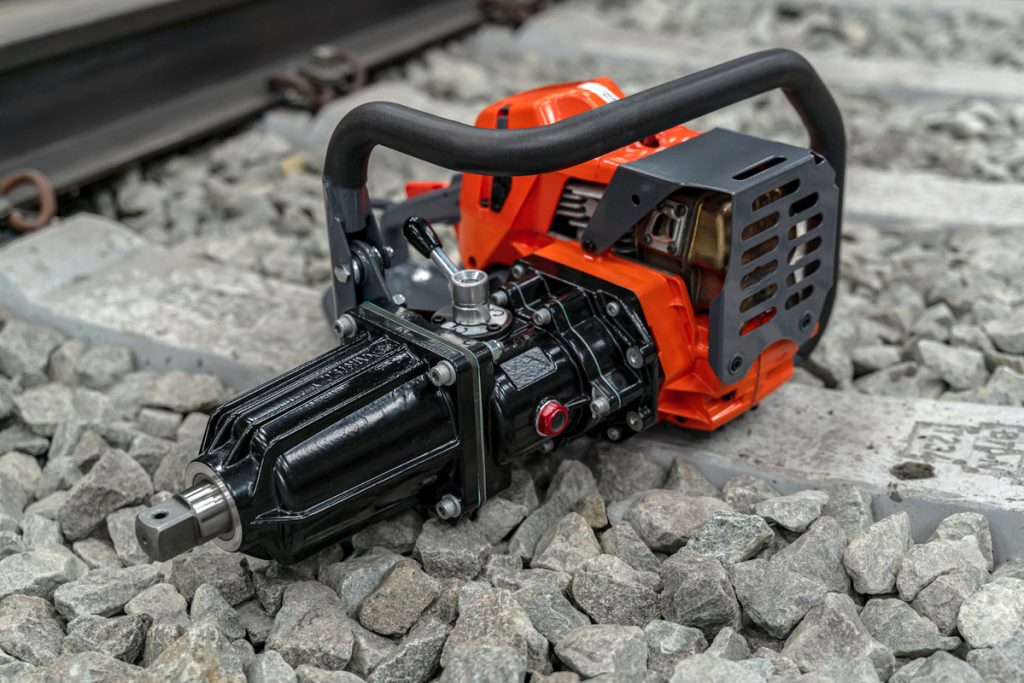
Designed to screw/unscrew all types of bolts and drill holes in wooden sleepers, this high-efficiency tool is powered by a specially designed engine that ensures accurate, quick, reliable operation.
Impact Wrench Master 35
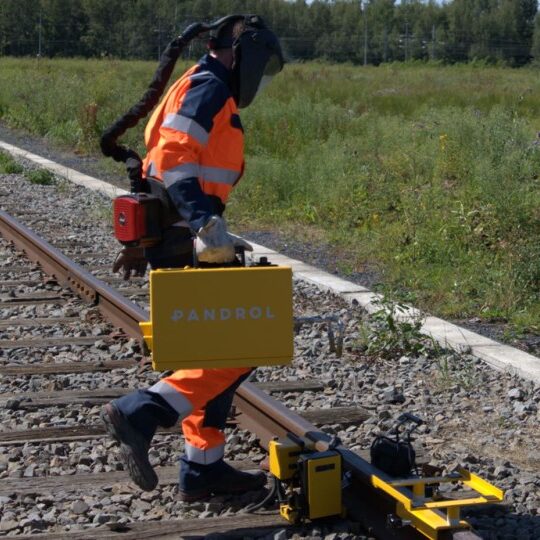
The equipment can be used for normal gap, wide gap and head wash repair (HWR) welding.
i+cool
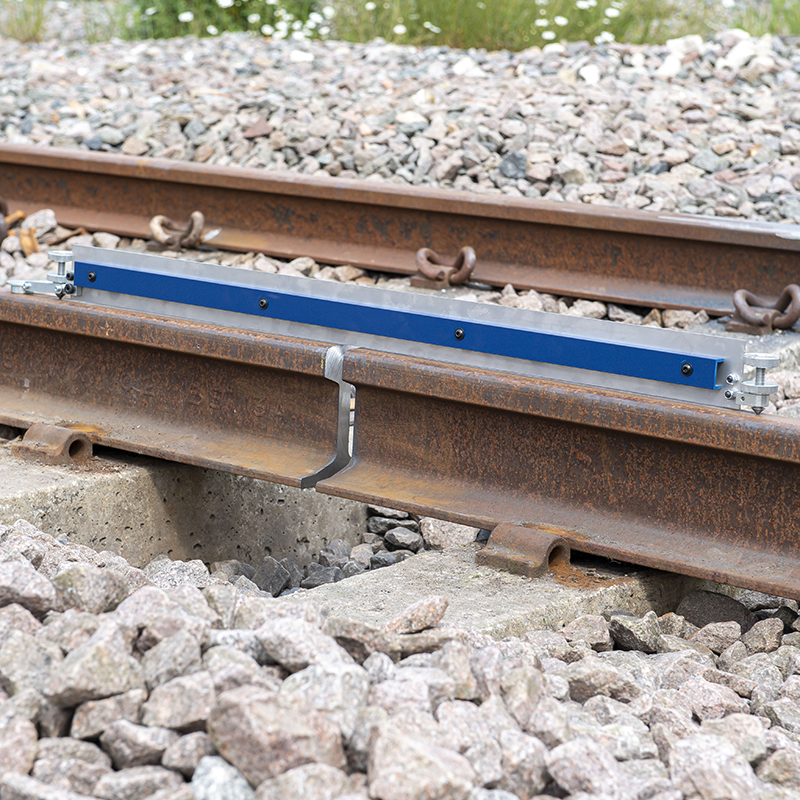
Performing checks and adjustments is an important part of the welding and maintenance process, particularly on the ends of rails.
Straight Edges RAP1000, RB500, RB700 and RB1000

Designed to operate with the included battery-operated non-impacting drill, the simple chuck attachment allows easy installation of the shear so it is quickly operational on the track.
Compact Shear B-M-VIR
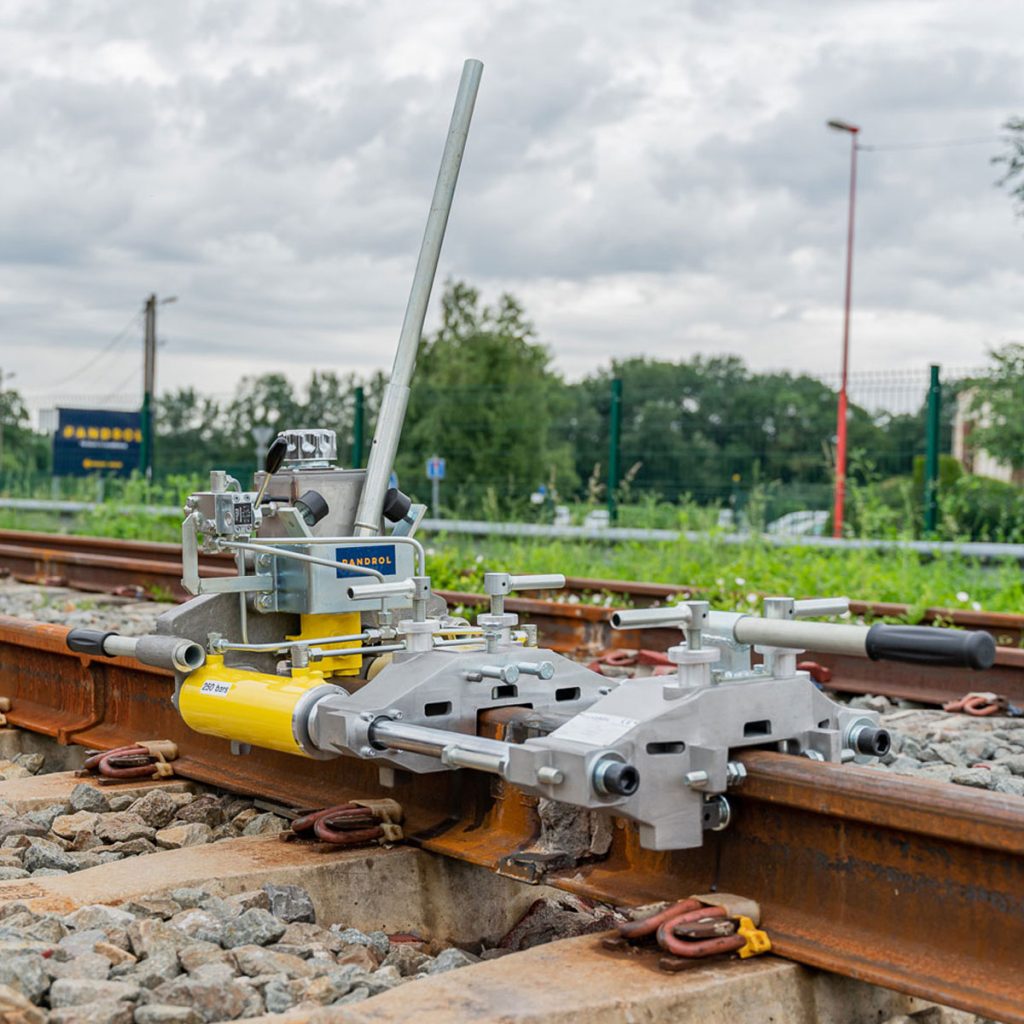
Excess metal remaining above the rail head during welding was traditionally removed manually with a hammer and chisel. The Weld Shear Hand Pump automates this process and reduces the risk of damaging the rail.
Weld Shear Hand Pump EPM2
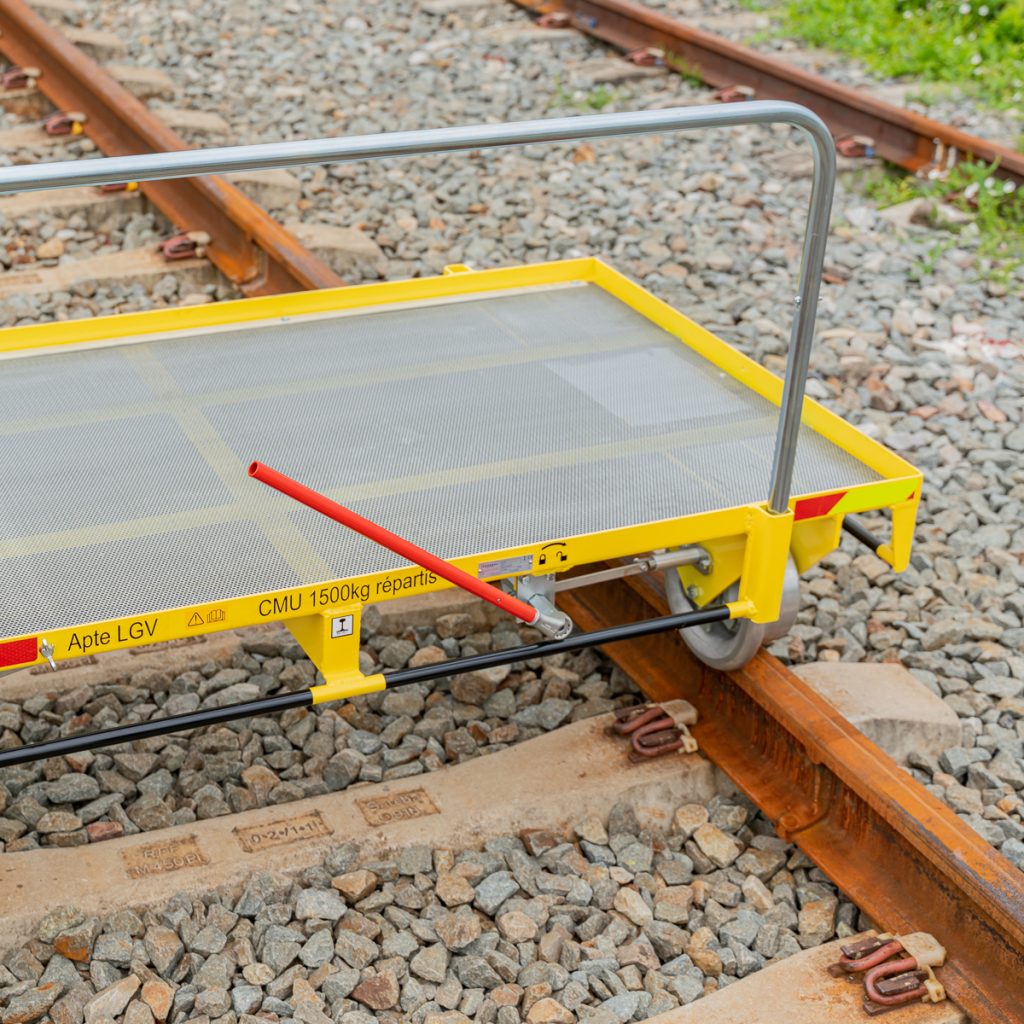
quipped with a fail-safe braking system and supplied with a detachable brake and push handle, the Rail Lorry has a stand-alone, load-bearing rolling platform for use on track
Rail Lorry PL01 and PL01.5
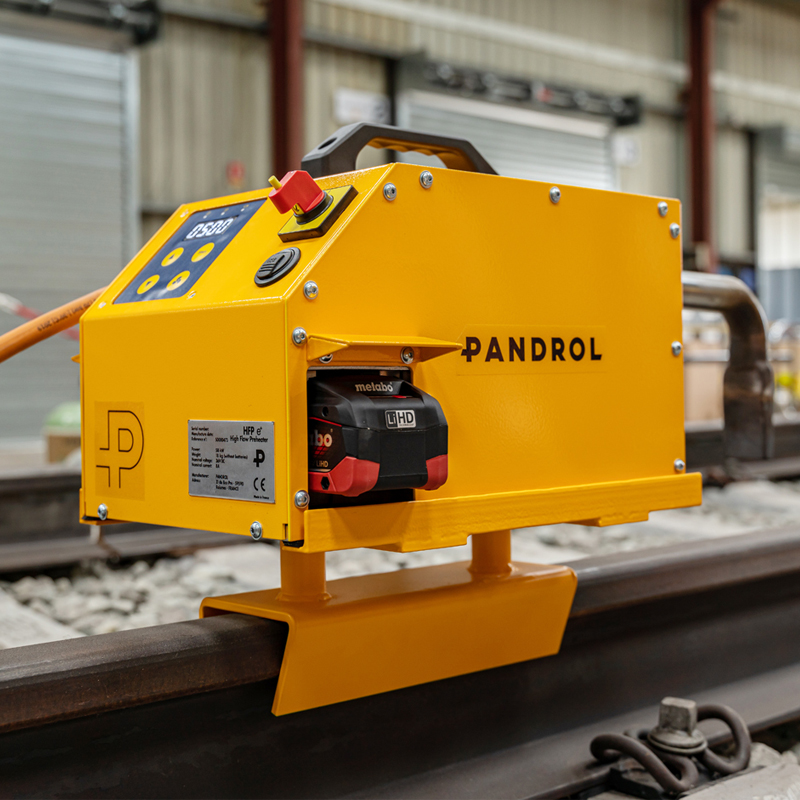
The HFP 36V is battery powered and fully automated for easier, more reliable operation: the ignition, timing and stop require no manual interference or flame adjustment.
High Flow Preheater 36V
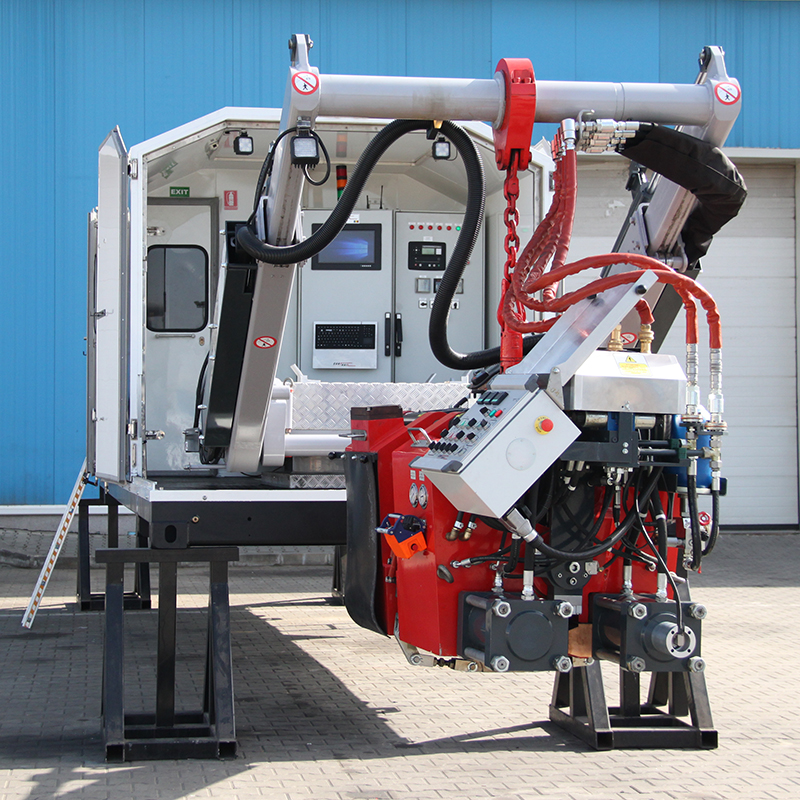
Pandrol offers a complete mobile flash butt welding plant hire service for rail companies, to complement our aluminothermic welding solutions in India. The service involves providing access to a flash butt welding machine, along with a trained team of operators to carry out the welding process to a high standard.
Flash Butt Welding

The Pandrol Self-Feed Rail Drill is powered by a hydraulic system – that delivers clean and powerful energy that is the driving force needed for boring holes.
Self-Feed Rail Drill

During aluminothermic welding, a deadhead of excess metal remains above the rail head. This was traditionally removed manually with a hammer and chisel. The Monobloc Electrical Weld Shear automates this process and removes the risk of damaging the rail.
Monobloc Electrical Weld Shear EME1/EME2

During aluminothermic welding, excess metal remains above the rail head. This was traditionally removed manually with a hammer and chisel.

